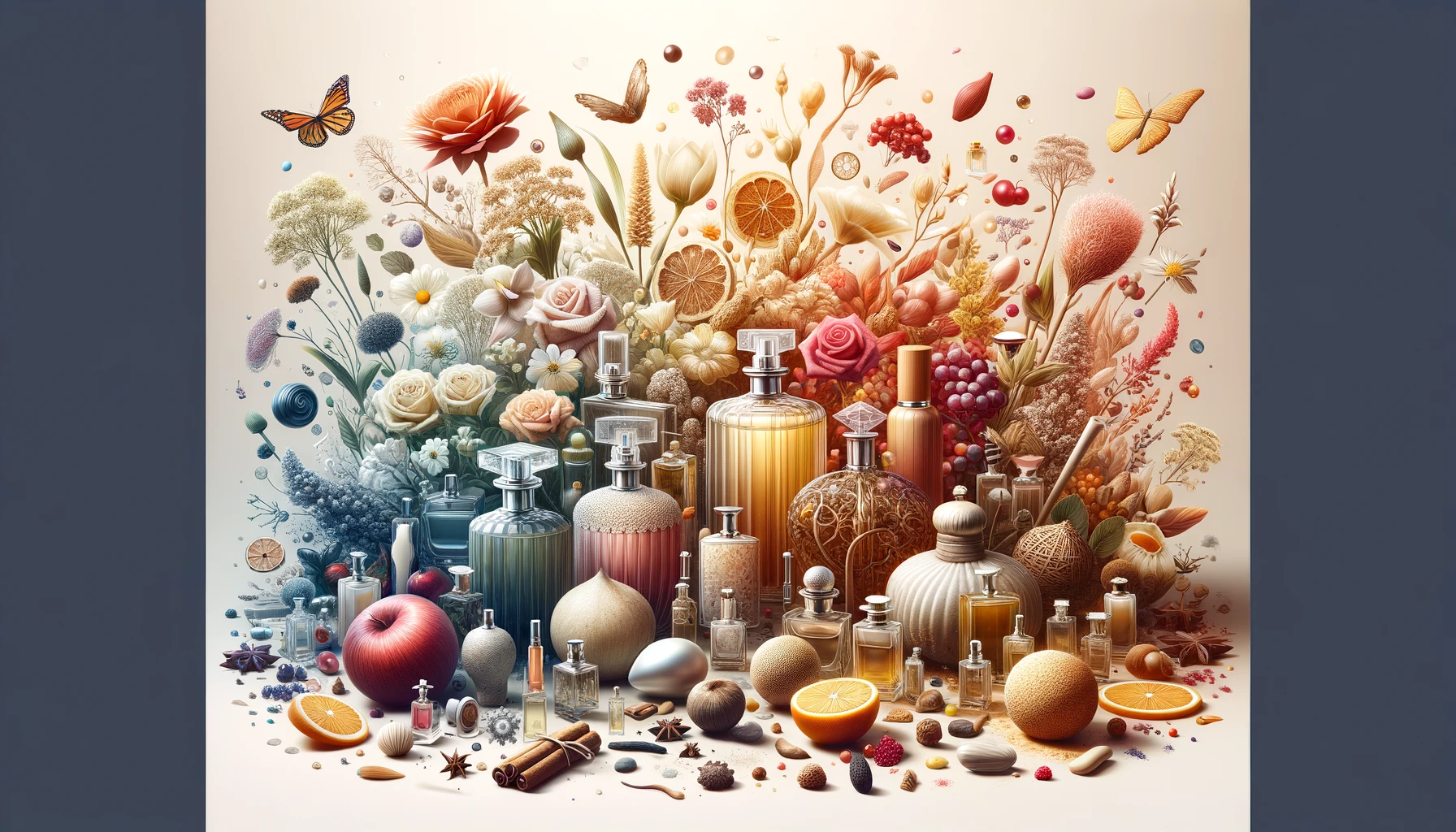The Art and Essence of Perfume Decanting: A Fragrance Aficionado’s Guide

In the realm of fragrance, where the air is thick with the seductive dance of aromas ranging from the subtly sweet to the deeply musky, there exists a practice as ancient as perfumery itself—decanting. This term, which might conjure images of wine enthusiasts gently pouring their prized vintages into elegant vessels, holds a parallel charm in the world of perfumes. A perfume decanter is not merely a container; it's a bridge between the past and present of olfactory artistry, a guardian of fragrance longevity, and a personal statement in the aesthetic expression of one’s scent collection.
Decanting Defined: More Than Meets the Nose
At its core, decanting involves transferring perfume from its original bottle into another container or vessel. This seemingly simple act is imbued with both practicality and ritual, serving purposes that go beyond mere aesthetics. Historically, decanting was a necessity, born from the era when perfumes were sold in standard, nondescript bottles, requiring transfer to more personalized or decorative containers for home use. Today, it has evolved into a refined practice cherished by fragrance lovers for its numerous benefits.
Why Decant?
Unveiling the Layers Preservation and Longevity: By decanting perfume into smaller containers, aficionados can minimize the exposure of their cherished scents to air, light, and temperature fluctuations, all of which can accelerate the degradation of a fragrance. It’s a way to safeguard the integrity of a perfume, ensuring that each spritz is as vibrant and true to the original formulation as possible.
Portability and convenience: In our ever-mobile lives, carrying a full-sized, often fragile perfume bottle is impractical. Decanting allows for the creation of travel-friendly sizes that fit perfectly into the rhythm of daily life, ensuring your signature scent never has to be left behind.
Sampling and sharing: The world of fragrance is vast and varied, a tapestry of notes and nuances waiting to be explored. Decanting facilitates this exploration, allowing enthusiasts to share samples with fellow aficionados, broadening horizons without the commitment to a full bottle.
Customization and expression: A decanter can be as much a statement of personal style as the scent it holds. From vintage crystal to sleek, modern designs, the choice of decanter is another layer of personal expression, a visual complement to the invisible art of perfume.
The How-To: Decanting Done Right
The process of decanting, while not overly complicated, requires a gentle hand and the right tools—namely, a funnel, pipette, or syringe for transferring the liquid, and the decanter itself. The key is to ensure a clean, precise transfer with minimal exposure to air, preserving the essence of the fragrance. It’s a moment of alchemy, where one becomes part perfumer, part curator, blending the old with the new.
Decanters: The Vessels of Vanity
Choosing a decanter is a deeply personal decision, influenced by both the aesthetics and the material of the container. Glass and crystal are the materials of choice, inert substances that won’t interact with the perfume. The design can range from the minimalistically modern to the ornately antique, each decanter a reflection of the individual’s taste and the ambiance they wish to create.
In Essence: The Soul of Scent
A perfume decanter is more than a utilitarian tool; it is a testament to the timeless allure of fragrance. It represents a nod to the history of perfumery, a commitment to preserving the integrity of the art, and an extension of personal style. In the act of decanting, we engage in a ritual that connects us more deeply to our scents, transforming our interaction with them from a mere daily routine to a moment of beauty and contemplation. As we pour our favorite fragrances into their new homes, we do more than simply transfer liquid from one container to another; we breathe life into our perfumes, allowing them to tell their stories more vividly with each drop. The perfume decanter, in its silent grace, stands as a guardian of these stories, a vessel not just for the liquid it holds, but for the memories and emotions that are inextricably linked to the scents themselves.
